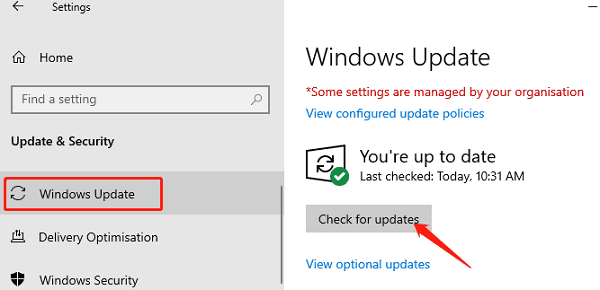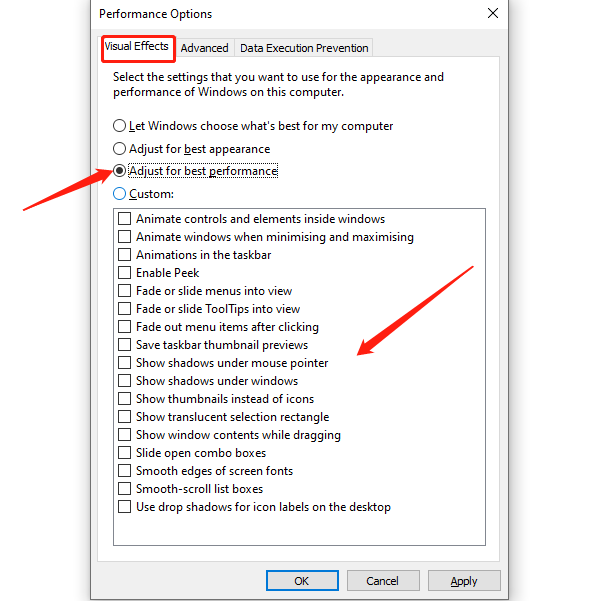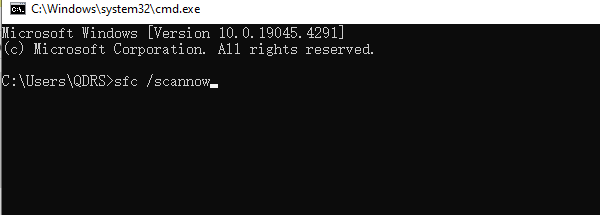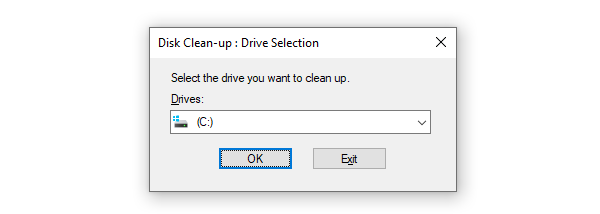
When using a computer, software can sometimes become unresponsive, which can be frustrating and reduce productivity. This article provides practical solutions to help fix unresponsive software and improve your computer's performance.
Force Close Unresponsive Applications
Press Ctrl + Shift + Esc to open the Task Manager.
In the "Processes" tab of Task Manager, locate the applications that are labeled as "Not Responding" or unresponsive.
Right-click on the unresponsive application and select "End Task".
Update Drivers and Operating System
1. Check for Driver Updates
Outdated, corrupted, or incompatible drivers can cause performance degradation, hardware malfunctions, or system crashes. It's recommended to use Driver Sentry to automatically detect and update drivers, saving time and effort while avoiding the risk of downloading or installing incorrect drivers.
Click the download button to get the latest version of Driver Sentry, install it, then open the software and click "Scan".

Once the scan is complete, it will display the drivers that need to be installed or updated. Find the drivers that need updating in the results list and click the "Update" button.
After the update is complete, it is recommended to restart your computer to ensure the new drivers take effect.
2. Update the Operating System
Click the "Start" button and select "Settings" > "Update & Security".
In the "Windows Update" section, click "Check for updates".

If updates are detected, click "Download and install", and the system will automatically download and install the updated drivers.
Once installation is complete, restart your computer to apply the updates.
3. Check Hardware Resources
Press Ctrl + Shift + Esc to open the Task Manager.
Click the "Processes" tab to view CPU, memory, and disk usage. Close unnecessary background programs and tabs to reduce memory usage.
In Windows, you can adjust settings by going to "Settings" > "System" > "About" > "Advanced system settings" > "Performance settings" > "Adjust for best performance".

If you frequently experience resource shortages, consider adding more RAM or upgrading your CPU.
4. Perform a System Scan
Malware or viruses in the system may cause software to become unresponsive.
Open your antivirus software and run a full scan to detect and remove viruses or malware.
Press Win + R, type "sfc /scannow", then press Enter. The system will scan and repair corrupted system files.

5. Clear Temporary Files and Cache
Type "Disk Cleanup" into the search box, select the "Disk Cleanup" tool, choose the drive to clean, and perform the cleanup.

If the issue occurs in a browser, clear the browser's cache and history. This can usually be done in the browser's settings or privacy options.
6. Reset Software Settings
Some applications offer a reset option; find and use this option according to the prompts.
If resetting the settings does not work, try uninstalling and reinstalling the software. This will remove all configurations and restore default settings.
7. Check System Compatibility
Review the software's official documentation or website to confirm system requirements and compatibility information.
If your hardware configuration is low, consider upgrading your hardware to meet the software's requirements.
8. Seek Technical Support
If the above methods do not solve the problem, you may need professional technical support:
Contact the software manufacturer for assistance; they may provide solutions or patches.
Seek professional technical support services for further troubleshooting and repair.
By following these steps, you can effectively resolve unresponsive software issues on your computer, improving your user experience and work efficiency. If the problem persists, seek professional help to ensure your system runs smoothly.
See also:
Effective Methods to Resolve Windows Driver Issues
How to Fix Wireless Keyboard Touchpad Not Working Issues